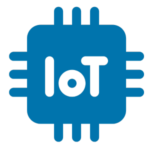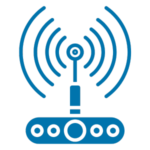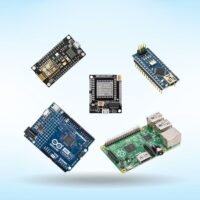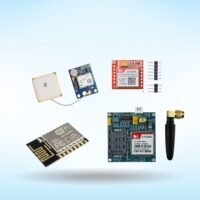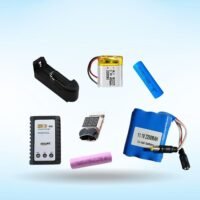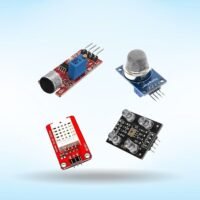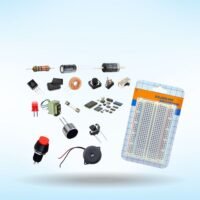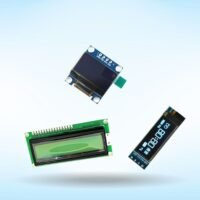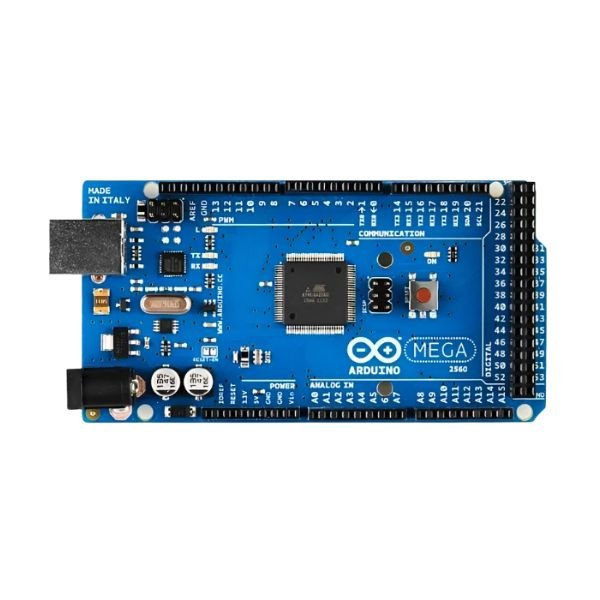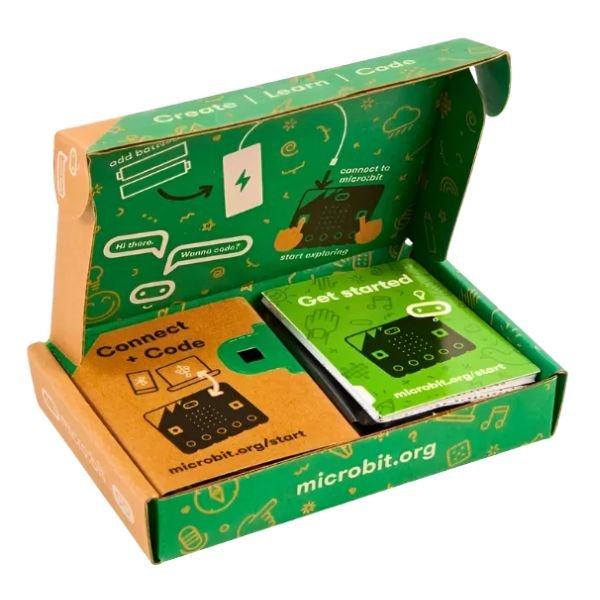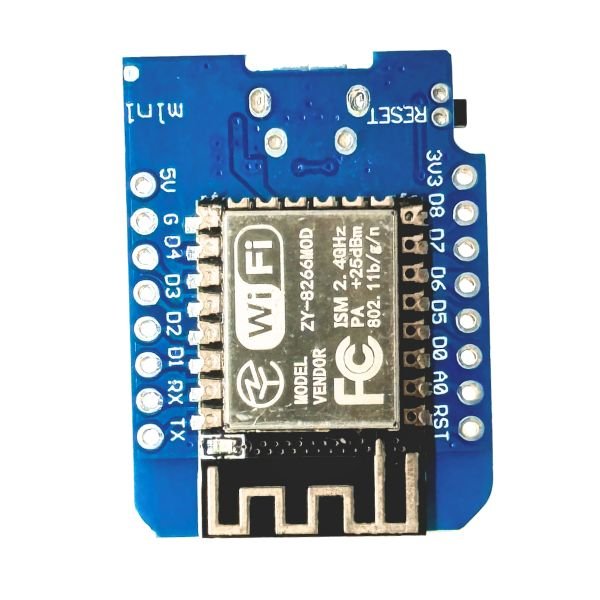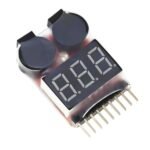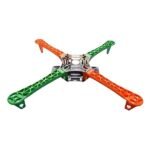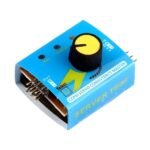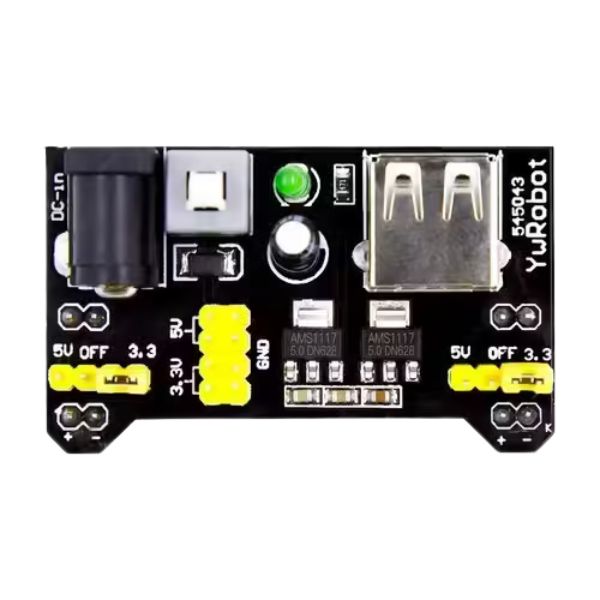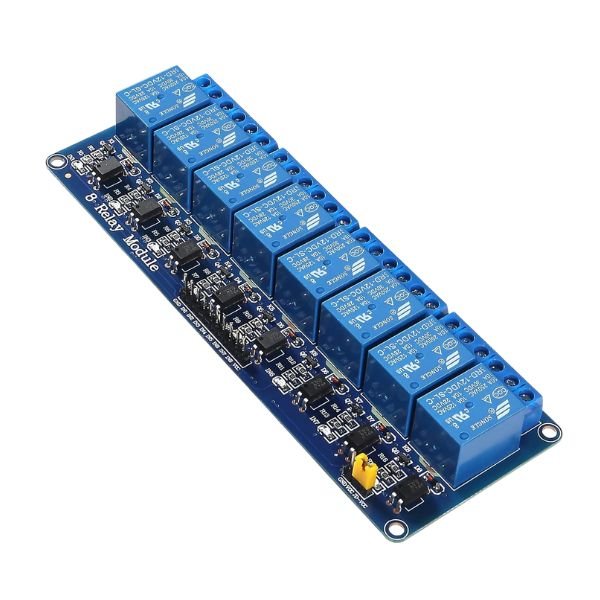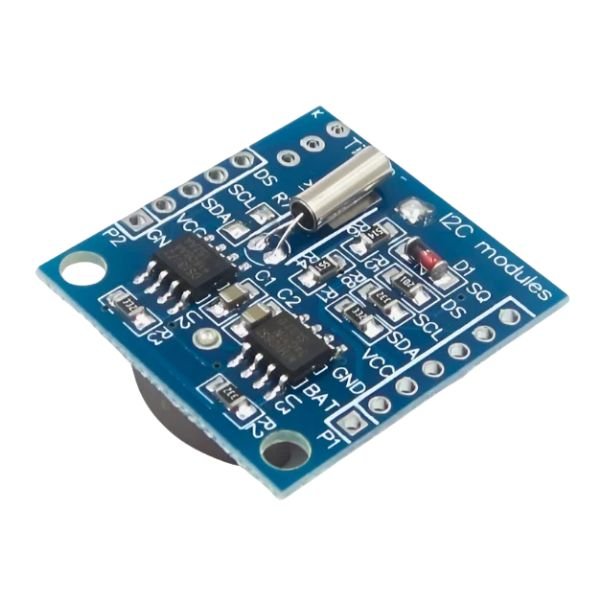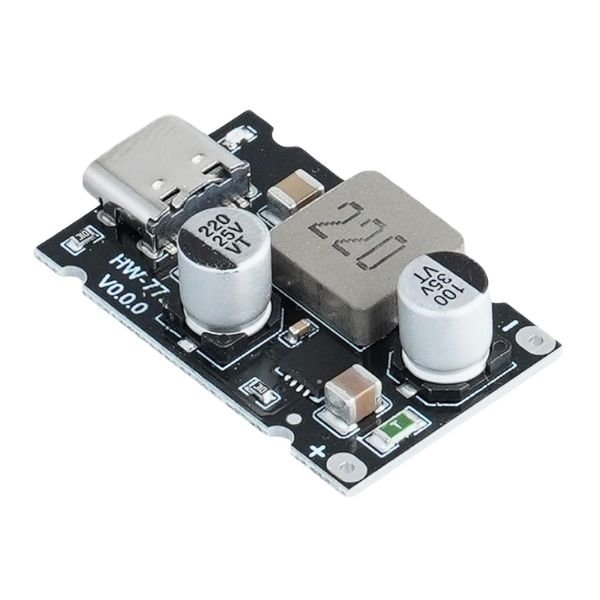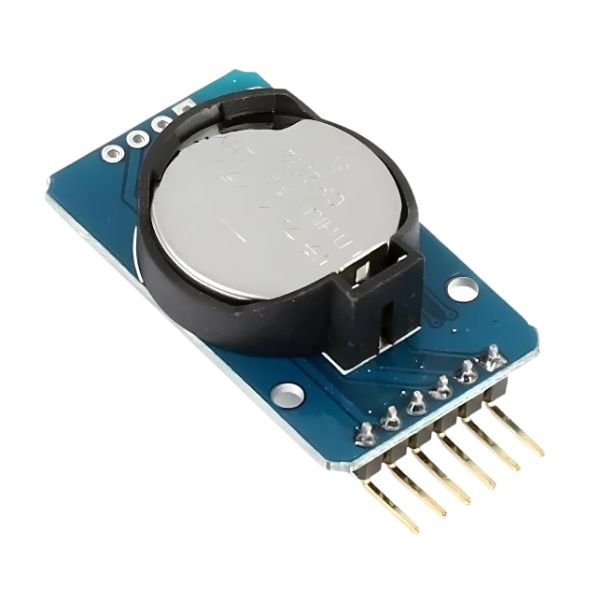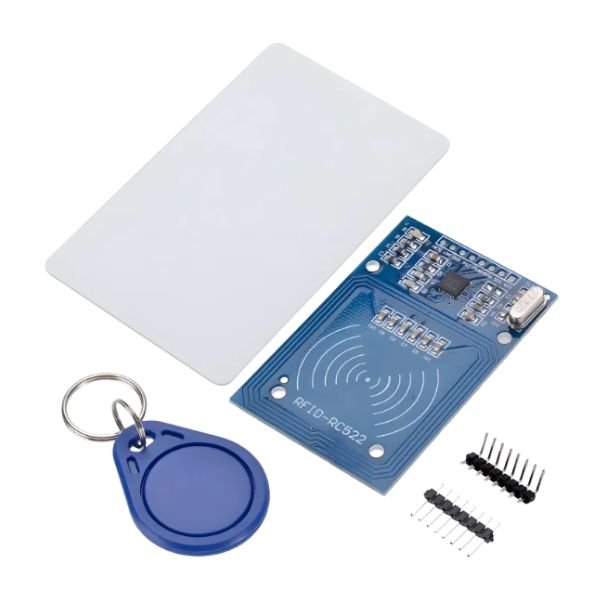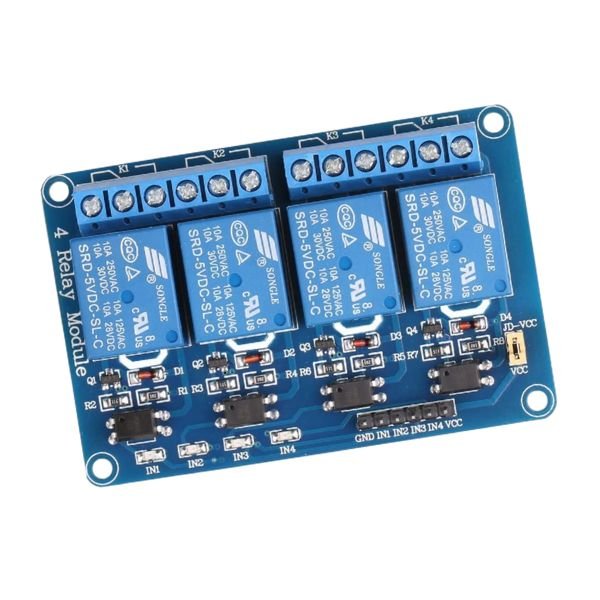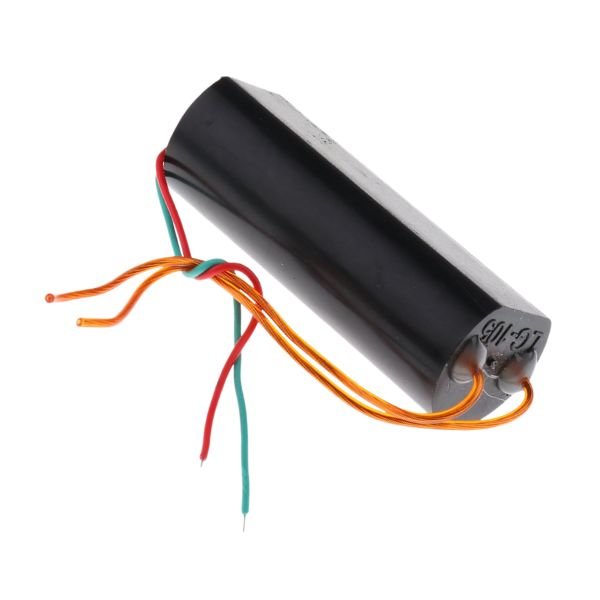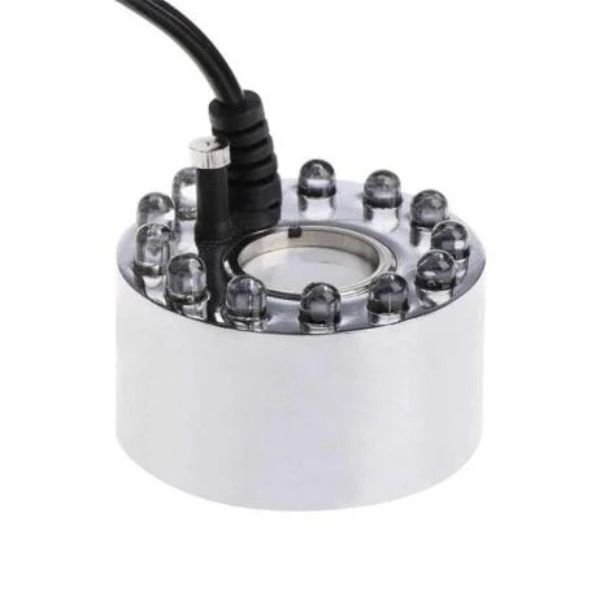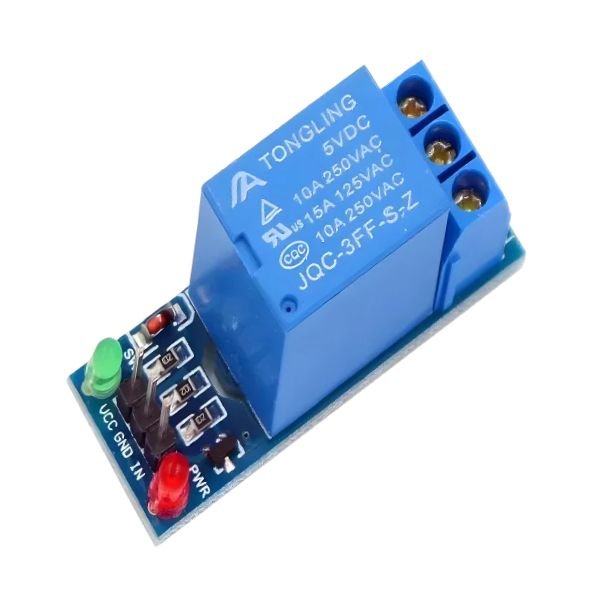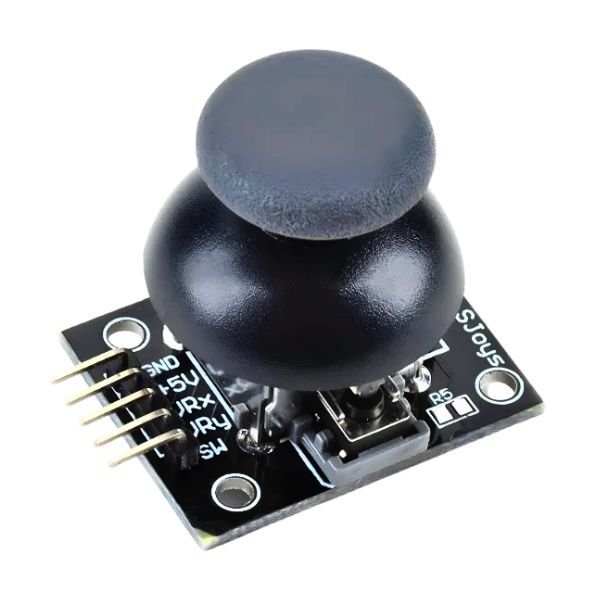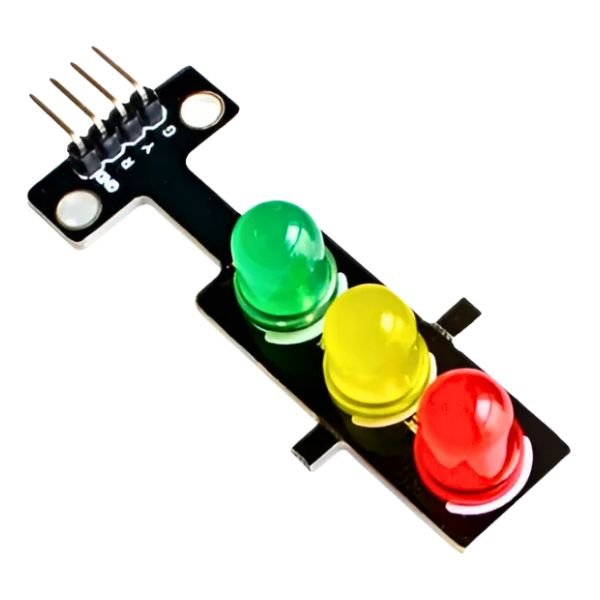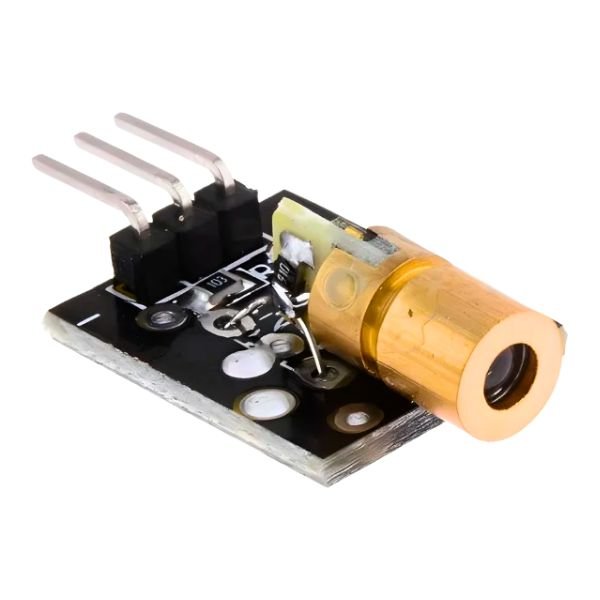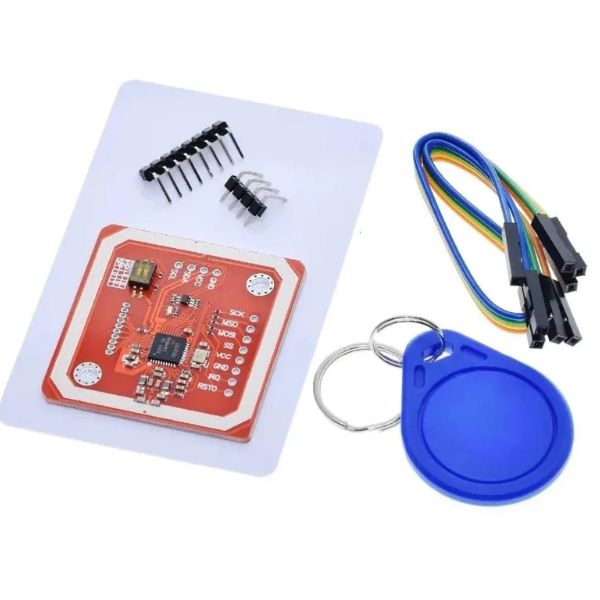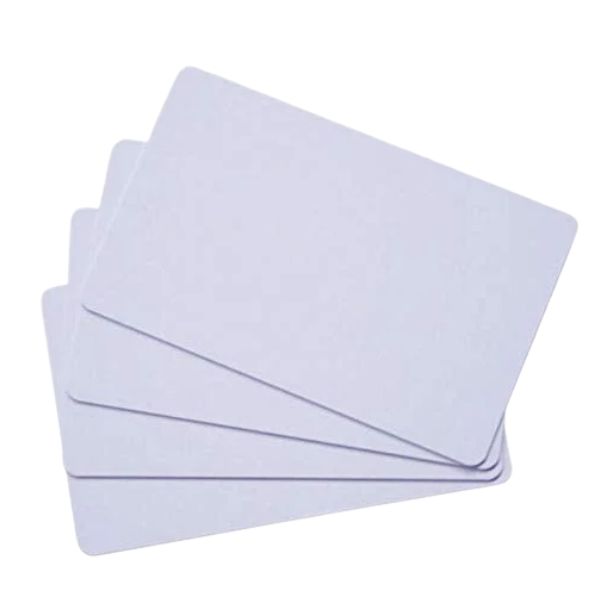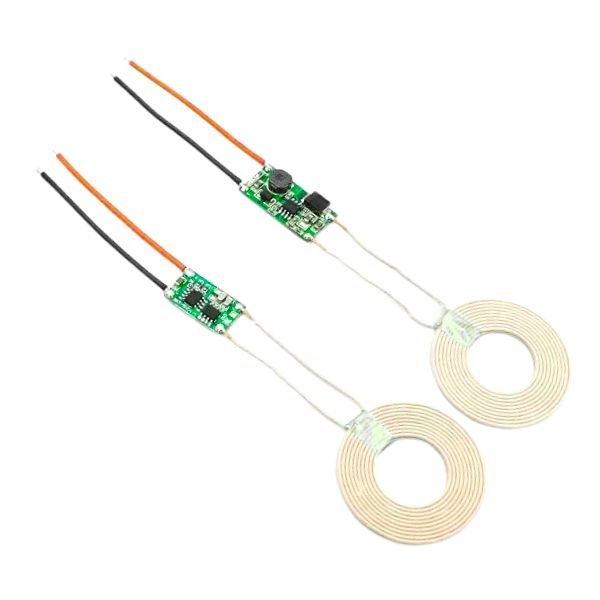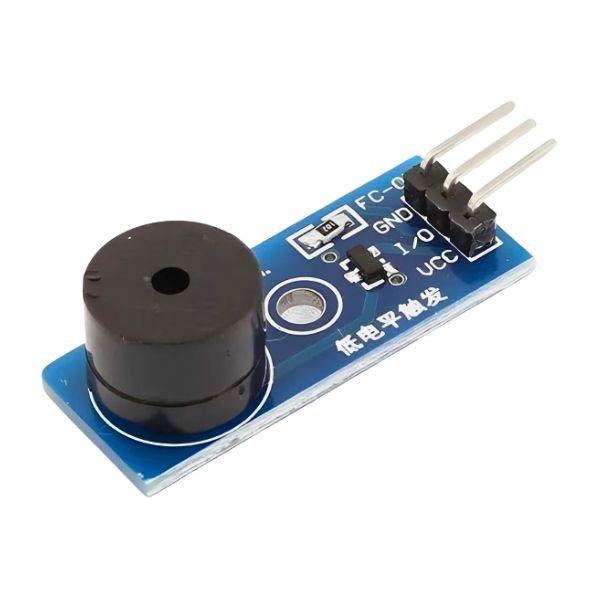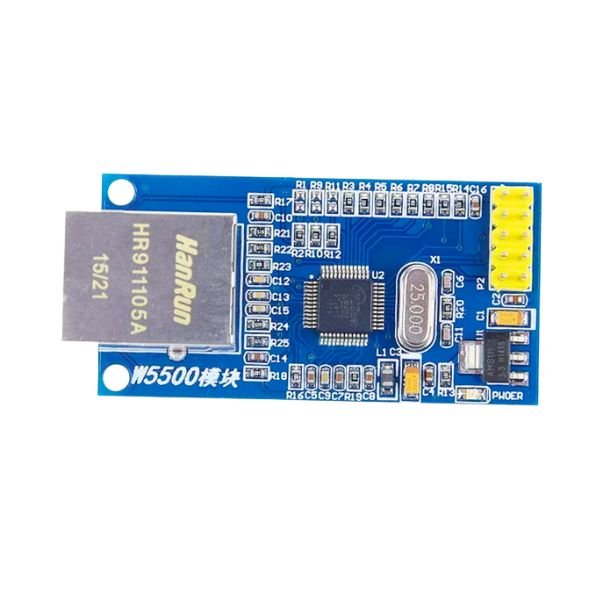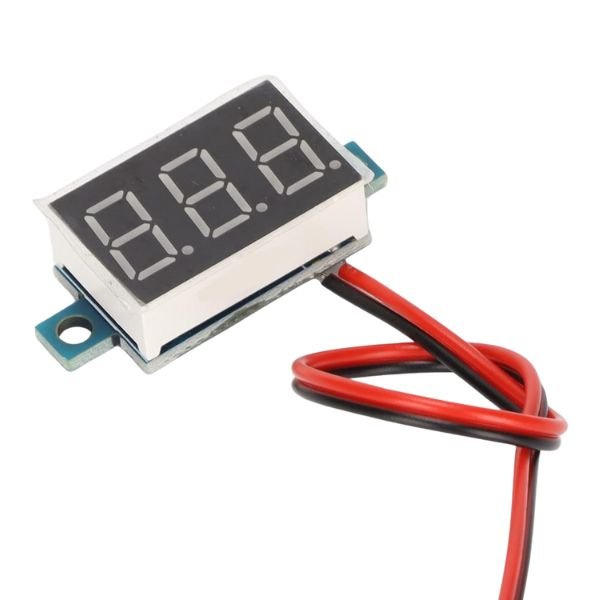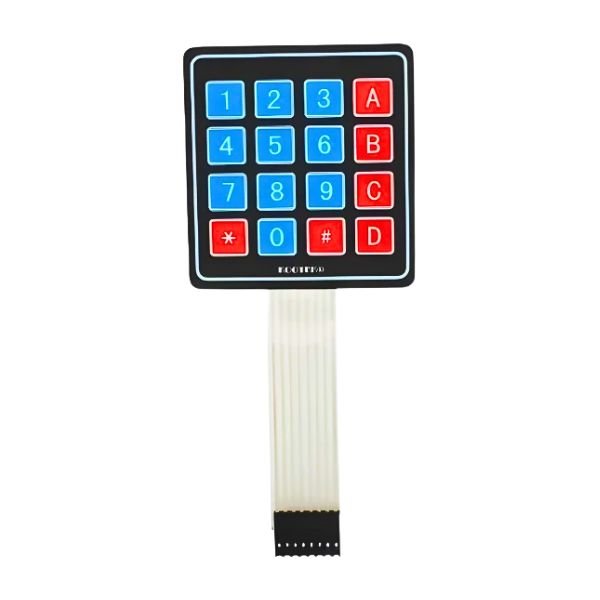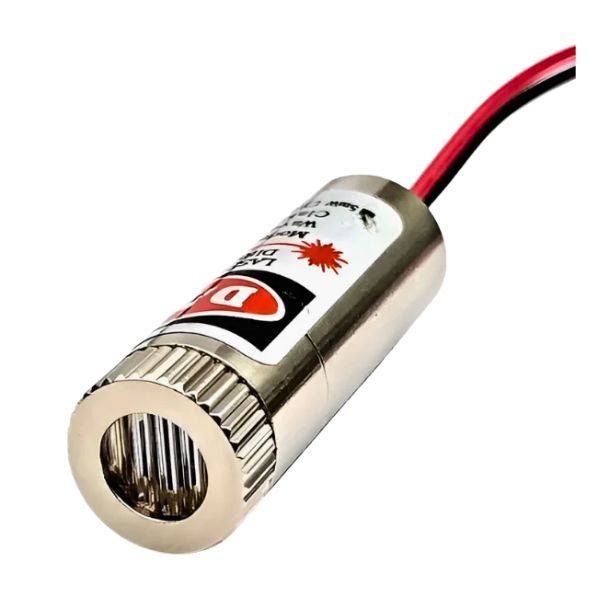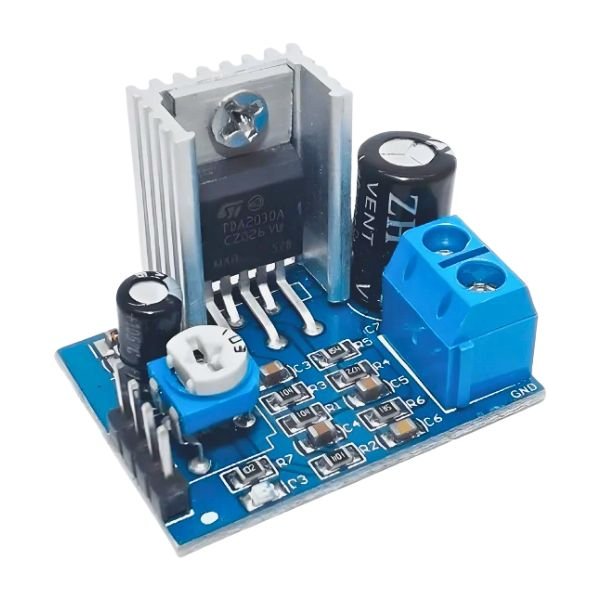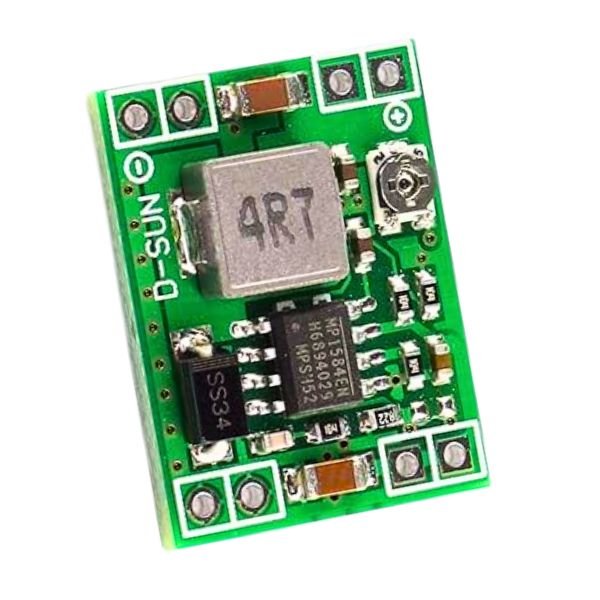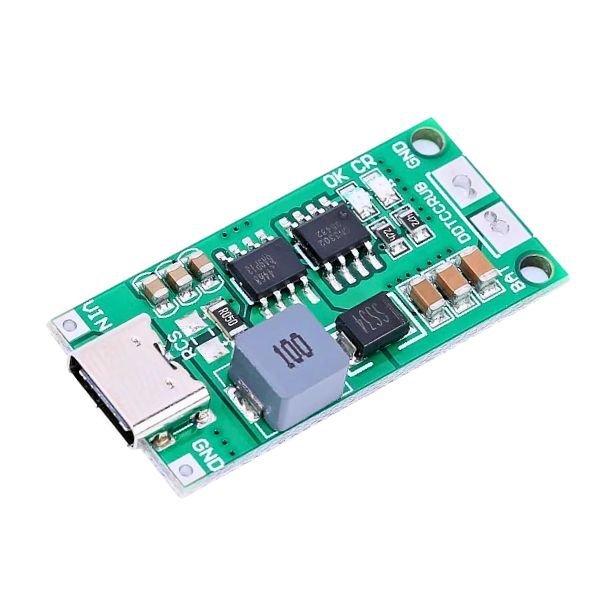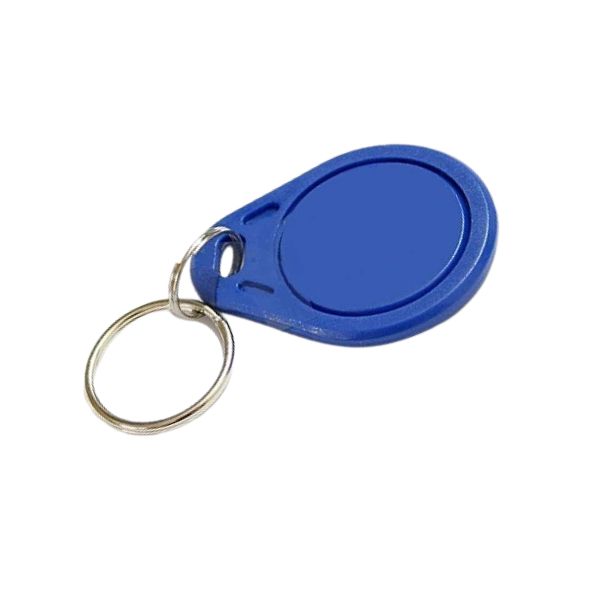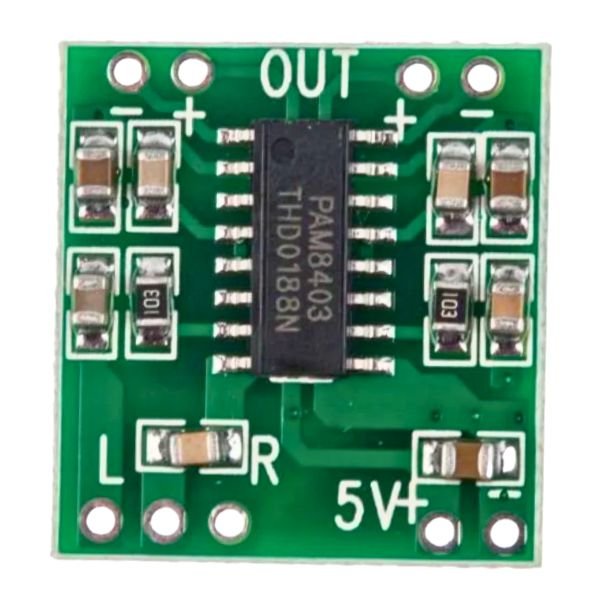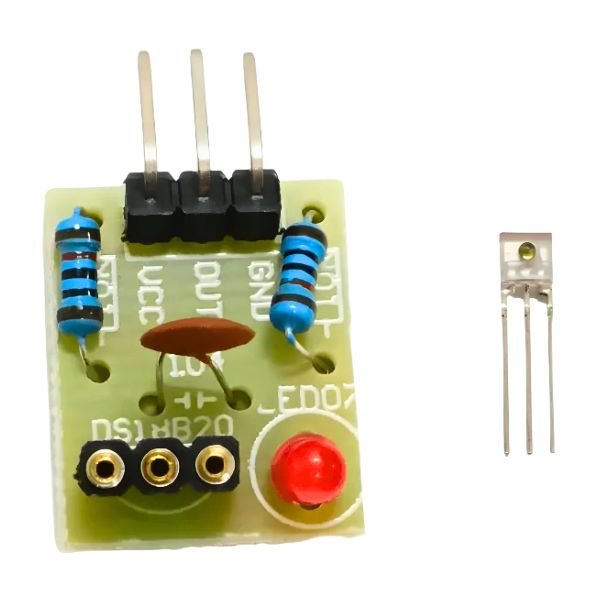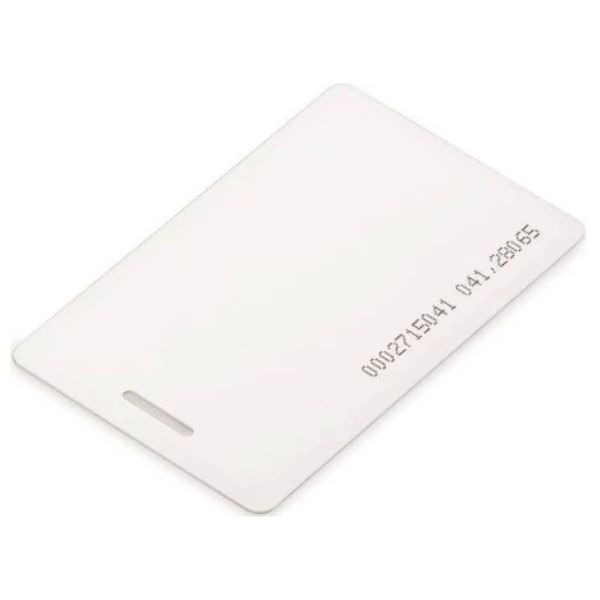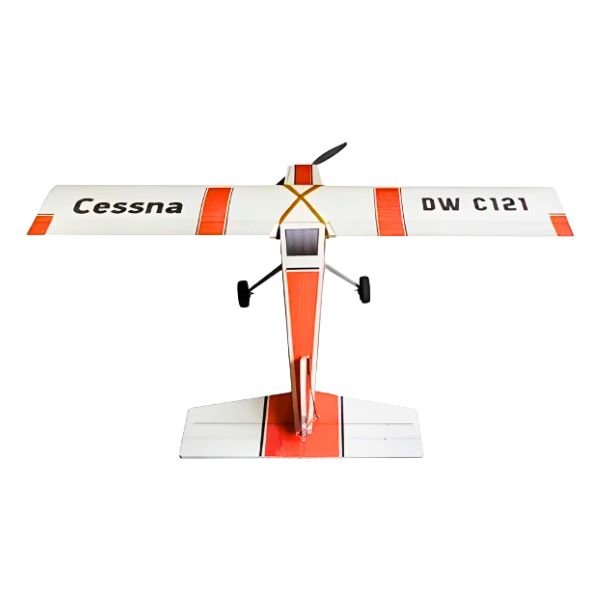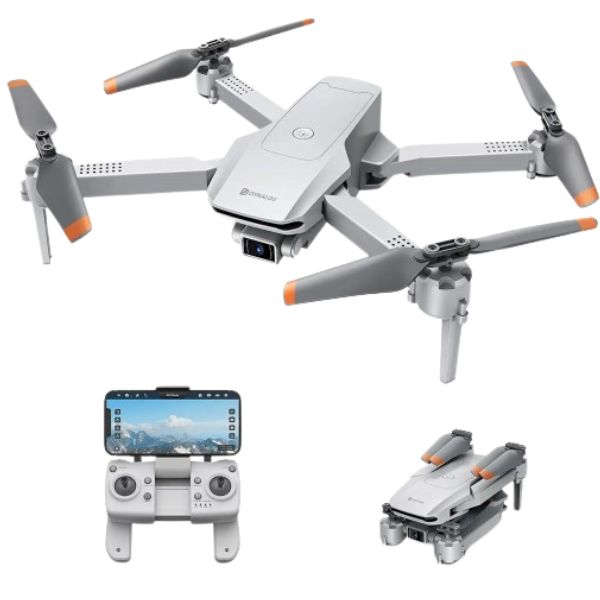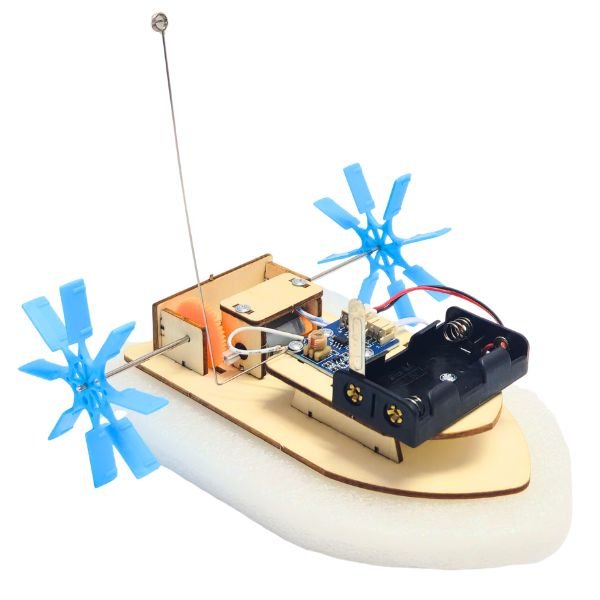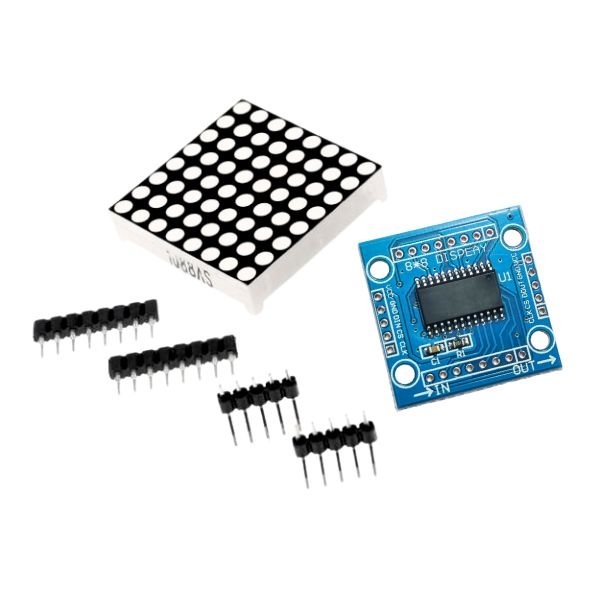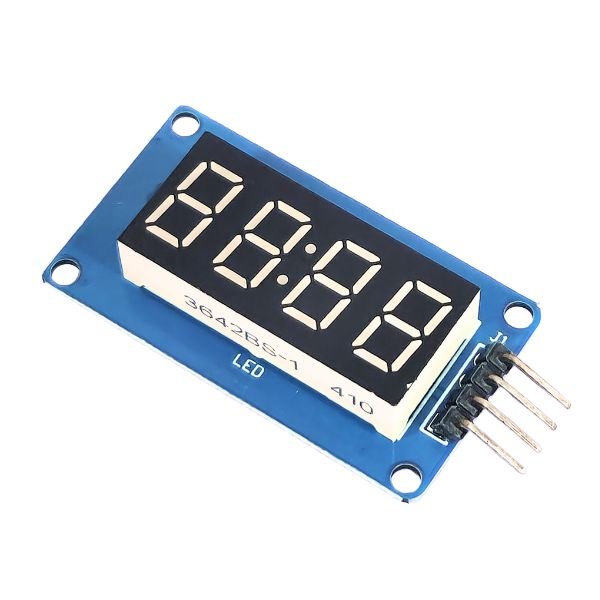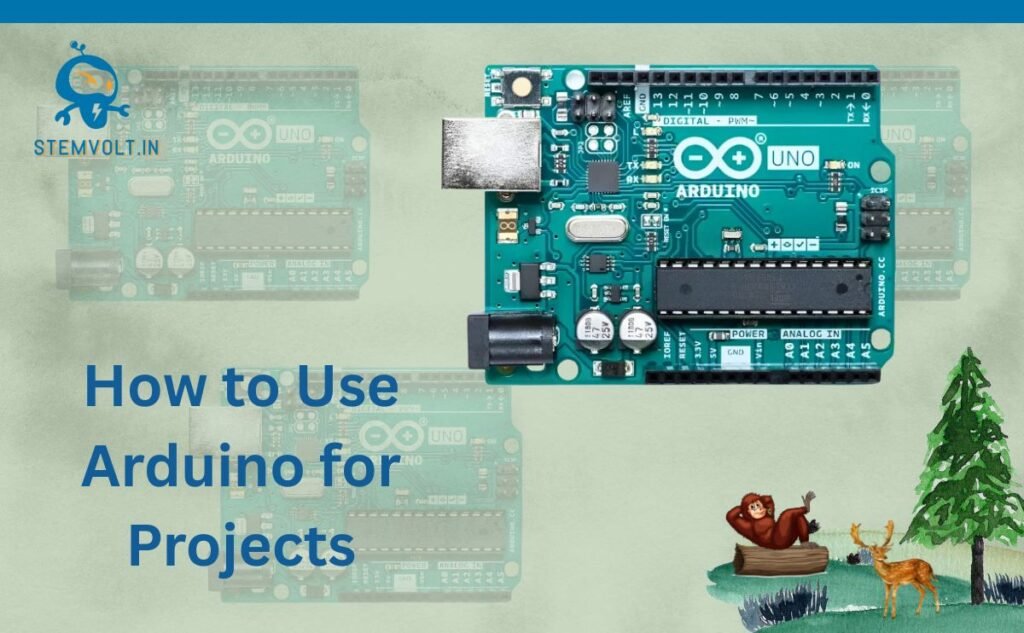





Best Price Guaranteed
Infrared Line Tracking(Follower) / Proximity Detection Module
In stock
₹40.00 (Included GST)
SKU:
SV-SEN-UP010

Microcontroller
Arduino MEGA R3 ATmega2560-16AU Compatible Development Board | Advanced Microcontroller
In stock
₹1,350.00 (Included GST)
SKU:
SV-DEV-AR005
Arduino UNO R3 with Wi-Fi ATmega328P + ESP8266 NodeMCU | CH340G Compatible Board
In stock
SKU:
SV-DEV-AR006

Control Horn Set for RC Plane (Pack of 5)
₹100.00 (Included GST)1-8S Lipo Battery Voltage Tester
₹120.00 (Included GST)A2212 1400KV Brushless Motor For RC Airplane and Quadcopter
₹390.00 (Included GST)F450 Quadcopter Frame Kit – Reliable and Easy to Assemble, Made in India
₹650.00 (Included GST)Digital ESC Servo Tester for CCPM Consistency and Speed Control
₹105.00 (Included GST)Electronics Modules
USB-C PD Trigger Decoy Module with Selectable Voltage Output
In stock
₹110.00 (Included GST)
SKU:
SV-BAT-CP030
DS3231 RTC Module Precise Real Time Clock I2C AT24C32
In stock
₹135.00 (Included GST)
SKU:
SV-ELM-RT091
RFID Reader/ Writer RC522 Module with RFID Card and Tag
In stock
₹75.00 (Included GST)
SKU:
SV-ELM-RF055
PAM8403 5V Mini Audio Amplifier Module with Volume Control
In stock
₹65.00 (Included GST)
SKU:
SV-ELM-AU075
DC24V 20mm 12LED Ultrasonic Humidifier Mist Maker – Fogger Nebulizer
In stock
₹400.00 (Included GST)
SKU:
SV-SEN-HT021
XL6009 DC-DC Adjustable Step Up Boost Converter Module
In stock
₹70.00 (Included GST)
SKU:
SV-ELM-PW007
LED Traffic Light Signal Module / Digital Signal Output Traffic Light Module
In stock
₹45.00 (Included GST)
SKU:
SV-SEN-LM011
2S-2A Step-Up Boost Lithium Battery Charger Module 8.4V – Type C
In stock
₹70.00 (Included GST)
SKU:
SV-BAT-CP026
5V 2A Wireless Power Supply Transmitter Receiver Charging Module With Coil
In stock
₹750.00 (Included GST)
SKU:
SV-BAT-CP031
DC 4-40V LED Digital Voltmeter – Ultra Low Starting Voltage, High Accuracy
In stock
₹55.00 (Included GST)
SKU:
SV-ELM-PW009
LM2596 Adjustable DC-DC Step Down Buck Converter Module
In stock
₹45.00 (Included GST)
SKU:
SV-ELM-PW005
3S-4A Step-Up Boost Lithium Battery Charger Module 12.6V – Type C
In stock
₹70.00 (Included GST)
SKU:
SV-BAT-CP025
DF Player Mini MP3 Player Module for Arduino Projects
In stock
₹85.00 (Included GST)
SKU:
SV-ELM-AU071
PAM8403 5V Two Channel Stereo Audio Amplifier Module
In stock
₹30.00 (Included GST)
SKU:
SV-ELM-AU073
USB to RS485 TTL Serial Converter Adapter FT232 Module
In stock
₹190.00 (Included GST)
SKU:
SV-ELM-IN024
Stem DIY Kits
Dynalog DR-DG600C GPS Drone with 4K Ultra HD Camera, Gesture Control, Return Home with1 Battery
In stock
₹9,950.00 (Included GST)
SKU:
SV-DIY-DK002

Motors & Drivers
Powering Your Projects with High Torque Precision.



Best Science Fair Projects Using Electronic Components
Best Science Fair Projects Using Electronic Components
Science fairs are exciting opportunities for students ...
How to Use Arduino for Projects: A Complete Beginner’s Guide | Stemvolt
Introduction
Arduino is one of the most popular open-source electronics platforms used in school projects, rob...
Robotics Kits for Students in India from Stemvolt – Learn, Build, Innovate
In 2025, the future of learning is all about hands-on experiences. With the growing importance of robotics in ...
HC-SR04 Ultrasonic Sensor
Complete Guide: How to Use HC-SR04 Ultrasonic Sensor with Arduino | StemvoltIntroductionThe HC-SR04 Ultrasonic...
EXCELLENTTrustindex verifies that the original source of the review is Google. I am Buy Best quality electronic components like capacitor, resister, 5mm leds , IC 555 , atmega8 A, diodes, soler penals, speaker, transistor, dc adapter and ac to dc power supply module at best prices in kota rajasthan Now available wide range electronic components for your every DIY electronic projects, Robotics school & college projects needs. Visit Now best electronic components, Robotics store all maker inventors and hobbies tic students in kota, rajasthanPosted onTrustindex verifies that the original source of the review is Google. Very good quality products in good prices all robotics or electronic items are available in this shop please visit once time ☺️Posted onTrustindex verifies that the original source of the review is Google. Good service and reasonable pricePosted onTrustindex verifies that the original source of the review is Google. All type of project material are available and good thakintive shopkeeperPosted onTrustindex verifies that the original source of the review is Google. got every parts in best pricePosted onTrustindex verifies that the original source of the review is Google. “Stemvolt is a reliable store for robotics and school project materials. They offer good-quality components at fair prices, and their staff provides helpful guidance for beginners. The product range is impressive, and orders are handled smoothly. A great place for students and makers looking for trusted project supplies.”Posted onTrustindex verifies that the original source of the review is Google. I am buy robotics parts electronic diy components at best from stemvolt diy storePosted onTrustindex verifies that the original source of the review is Google. Robotic projects available at good priceVerified by TrustindexTrustindex verified badge is the Universal Symbol of Trust. Only the greatest companies can get the verified badge who has a review score above 4.5, based on customer reviews over the past 12 months. Read more
- Subscribe to our Newsletter


